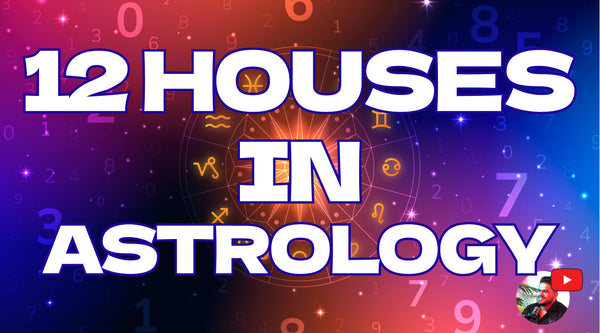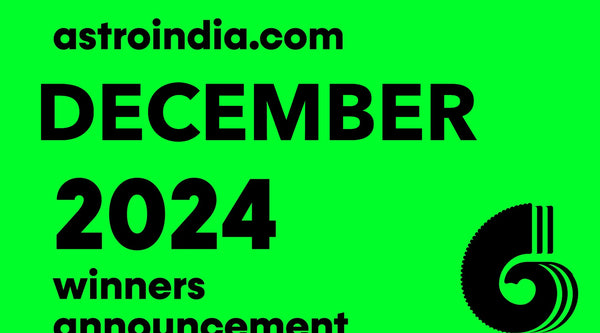Shat Trimsha Sama Dasha: Mysteries of Hora and Timing in Vedic Astrology
In Vedic astrology, dashas are key. They help time events and decode karmic influences. Sage Parashara said to consider special dashas first when analyzing a horoscope or kundali. A unique Dasha must take precedence based on specific planetary and chart conditions. One unique system is the Shat-Trimsha-Sama Dasha. It is a timing method used when certain criteria involving the hora and time of birth are met.
What is Shat-Trimsha-Sama Dasha?
The Shat-Trimsha-Sama Dasha, or "36-part equal division dasha," is a special dasha in Vedic astrology. This dasha is not like the general Vimshottari Dasha. The latter applies to most horoscopes. This dasha works only under specific conditions. These involve the hora of the Ascendant (Lagna) and the time of birth. It provides a more precise analysis of life events for those charts where its criteria are fulfilled.
Conditions for Applicability
For the Shat-Trimsha-Sama Dasha to be valid, the following conditions must be met:
- Lagna in Sun Hora with Daytime Birth: If the Lagna (Ascendant) is in the Sun Hora and the individual is a daytime birth, this dasha system applies.
- Lagna in Moon Hora with Nighttime Birth: Alternatively, if the Lagna falls in the Moon hora and the individual is born at night, this Dasha takes precedence.
Hora divisions split each sign into two halves:
- Sun Hora: The first half of a sign ruled by the Sun.
- Moon Hora: The second half of a sign ruled by the Moon.
These conditions create a unique alignment. The Ascendant's hora and the birth time (day or night) resonate with the Sun or Moon's energies. This warrants using a special dasha.
The Role of Hora in Shat-Trimsha-Sama Dasha
In Vedic astrology, hora divisions are tied to time and planets. The Sun Hora means vitality, authority, and action. The Moon Hora rules intuition, receptivity, and nurturing. The hora of the Lagna and the birth time together decide if the Shat-Trimsha-Sama Dasha applies. Here’s why this is significant:
- Sun Hora with Daytime Birth: This combination boosts the solar traits of strength, leadership, and focus. The Shat-Trimsha-Sama Dasha is best for interpreting a person's life journey.
- Moon Hora with Nighttime Birth: This alignment boosts the lunar traits of depth, sensitivity, and growth. It ensures the Shat-Trimsha-Sama Dasha gives accurate insights into the person's karmic patterns.
Structure and Duration of Shat-Trimsha-Sama Dasha
The Shat-Trimsha-Sama Dasha lasts 36 years. It is divided equally among the nine planets of Vedic astrology. Each planet governs a specific period within this timeframe. The sequence follows the traditional planetary order.
- Sun
- Moon
- Mars
- Mercury
- Jupiter
- Venus
- Saturn
- Rahu
- Ketu
This short time allows for a detailed analysis of planetary influences during key life phases. The Shat-Trimsha-Sama Dasha, unlike the longer Vimshottari Dasha, is better at capturing the nuances of specific karmic cycles.
Why Use Shat-Trimsha-Sama Dasha Over Vimshottari Dasha?
Sage Parashara's order to prioritize special dashas shows their value. They can address unique chart dynamics that the Vimshottari Dasha can't fully capture. Here’s why the Shat-Trimsha-Sama Dasha is used when applicable:
- Specificity to Hora Dynamics: This Dasha system reflects the energy interplay of the hora and the time of birth. It provides insights tailored to the individual's unique chart.
- Enhanced Precision: The Shat-Trimsha-Sama Dasha has shorter, focused cycles. They allow for more precise predictions of events and life phases.
- Karmic Clarity: This dasha helps uncover karmic patterns linked to one's identity and emotions. It does this by emphasizing the Sun and Moon's influence through the hora.
- Relevance to Day and Night Energies: The hora must align with the birth time. This ensures the predictions match the native's natural rhythm and energy.
Interpreting the Shat-Trimsha-Sama Dasha Periods
The interpretation of the Shat-Trimsha-Sama Dasha involves analyzing the planetary periods (mahadashas) and sub-periods (antardashas) within the context of the natal chart. Key factors to consider include:
- Planetary Placement: The position, dignity, and strength of the dasha planets in the natal chart influence their outcomes during their periods.
- House Ownership: The houses ruled by the dasha planets reveal the life areas activated during their reign.
- Aspects and Conjunctions: The dasha planets' relationships with other planets offer more insights into their effects.
- Transits: Planetary transits during the dasha periods can affect the predictions. They can modify or amplify them.
The Philosophical Significance of Shat-Trimsha-Sama Dasha
The Shat-Trimsha-Sama Dasha shows how solar and lunar energies shape a person's journey. By linking the hora of the Ascendant with the time of birth, this dasha system emphasizes the following themes:
- Balance of Polarities: The Sun Hora aligns with daytime and the Moon Hora with nighttime. This shows a harmony of opposites: action and receptivity, external and internal focus.
- Karmic Timing: This dasha shows when important karmic events will happen. It helps the individual align with their higher purpose.
- Soul’s Path: The Shat-Trimsha-Sama Dasha highlights the Sun and Moon. It shows the soul's journey through leadership and self-discovery.
Practical Applications of Shat-Trimsha-Sama Dasha
The Shat-Trimsha-Sama Dasha is instrumental in understanding:
- Life Purpose: This dasha sheds light on the native’s core purpose and how it manifests through their actions and relationships.
- Career and Ambition: The planetary periods show chances for growth and leadership.
- Emotional Growth: The lunar influence in the dasha highlights phases of emotional growth and healing.
- Health and Well-Being: The dasha's focus on solar and lunar energies reveals one's health and mind.
Shat Trimsha Sama Dasha - In a Summary
The Shat-Trimsha-Sama Dasha is a unique tool in Vedic astrology. It's fascinating. It aims to address the unique energy of charts where the hora and time of birth align with solar or lunar influences. By prioritizing this dasha, astrologers can gain insights into a person's karma. They can then give more accurate guidance. Sage Parashara's directive to use special dashas first shows the value of systems like the Shat-Trimsha-Sama Dasha. They provide precise and meaningful astrological insights.


















































